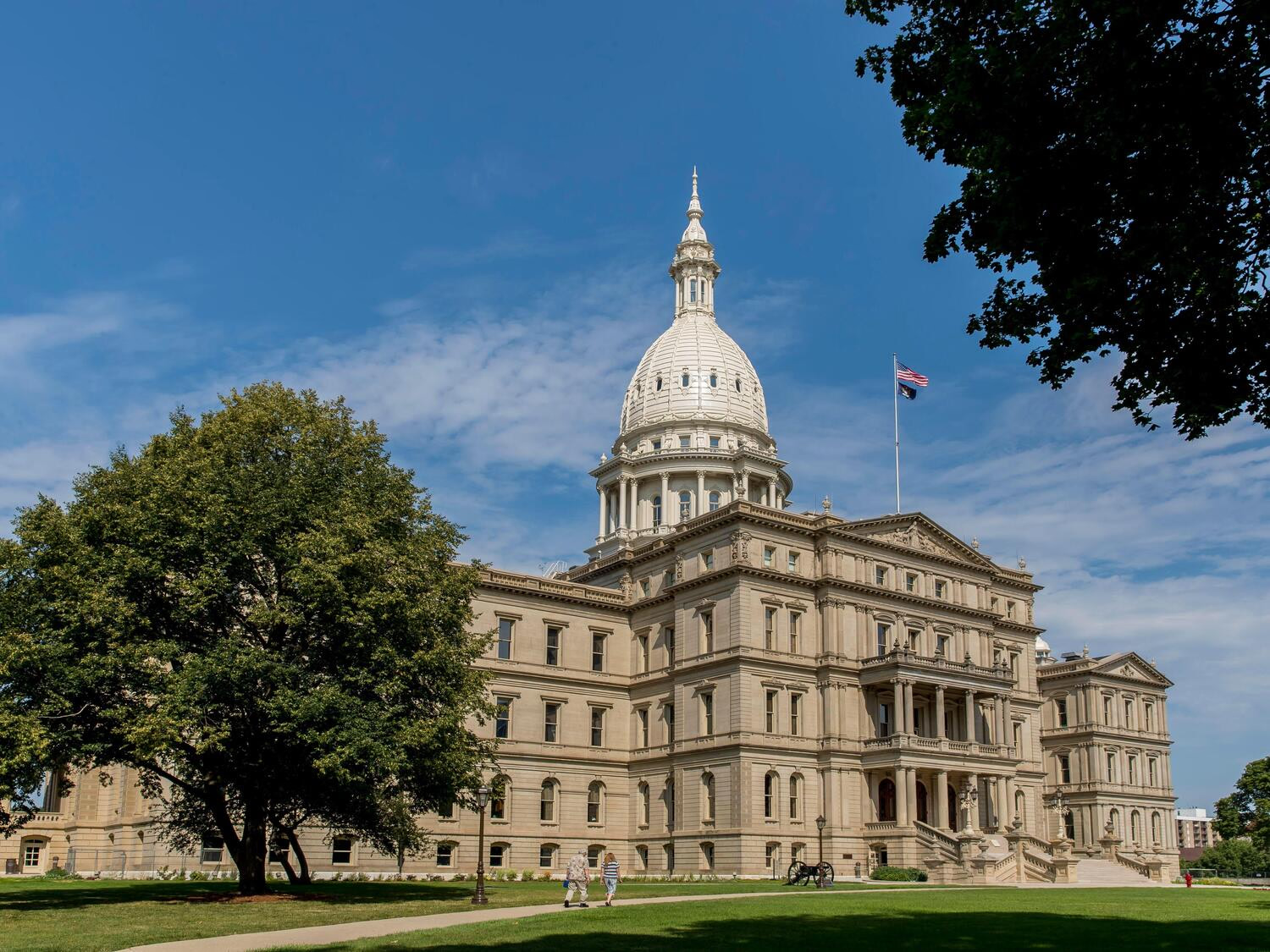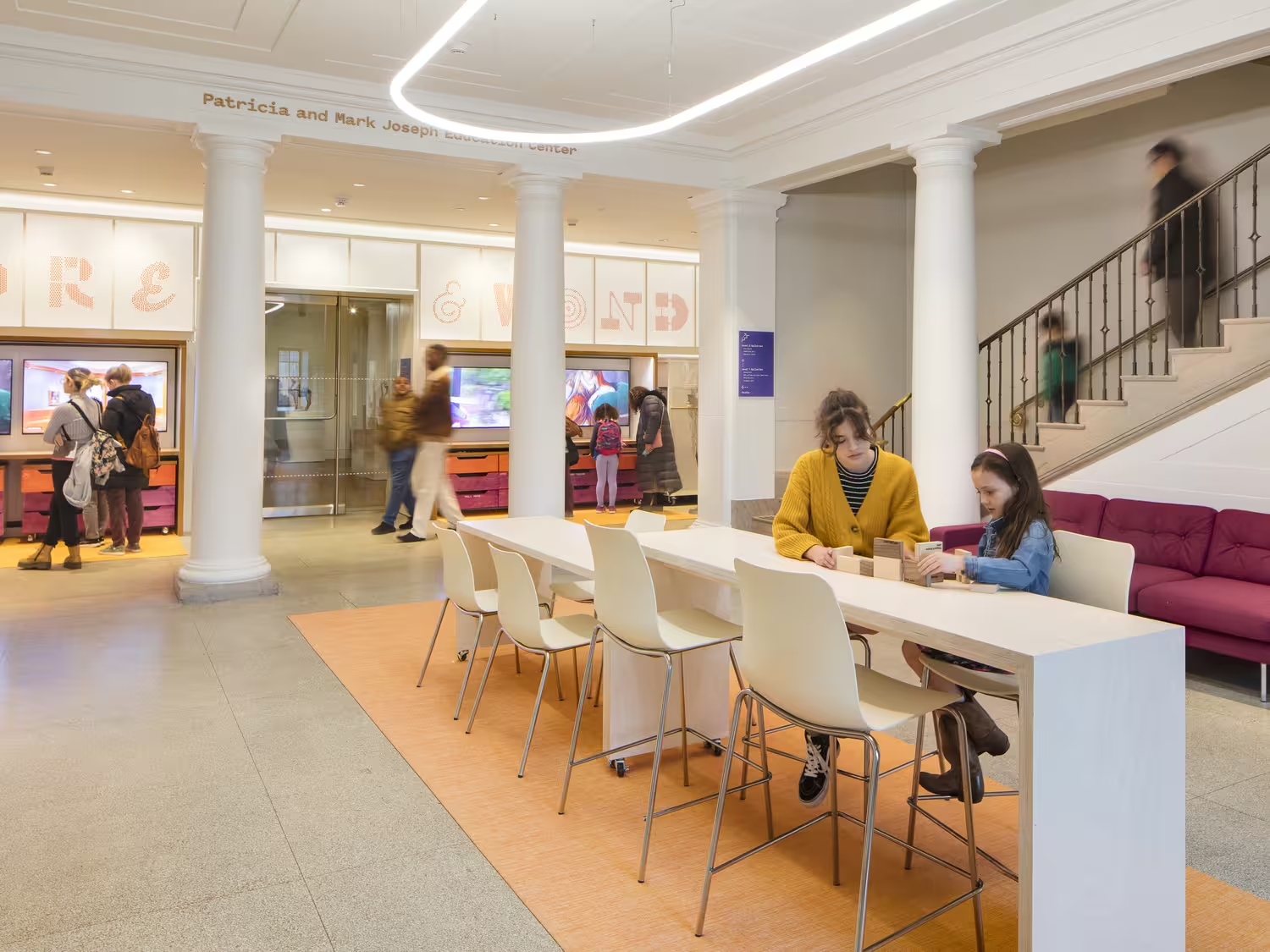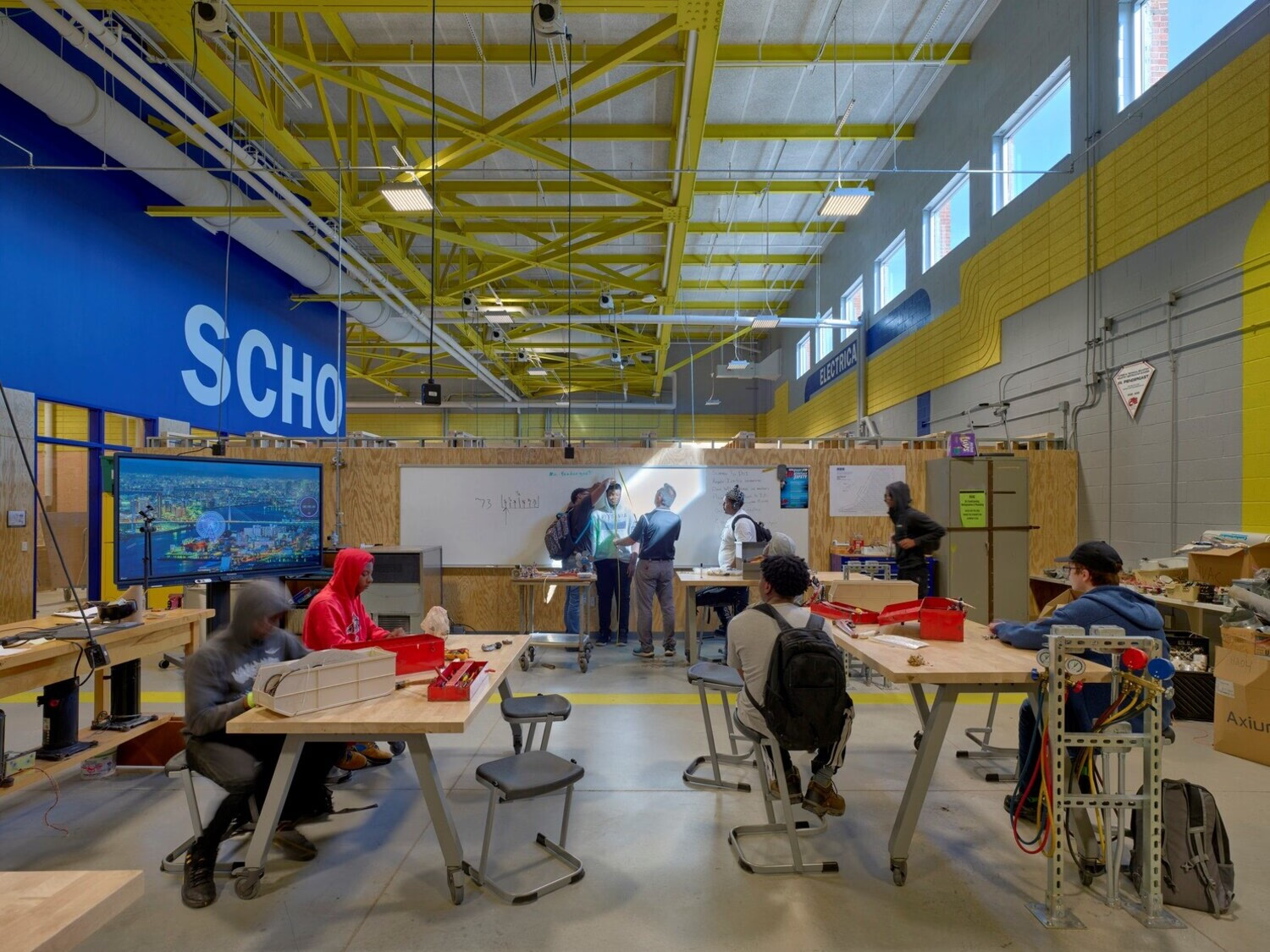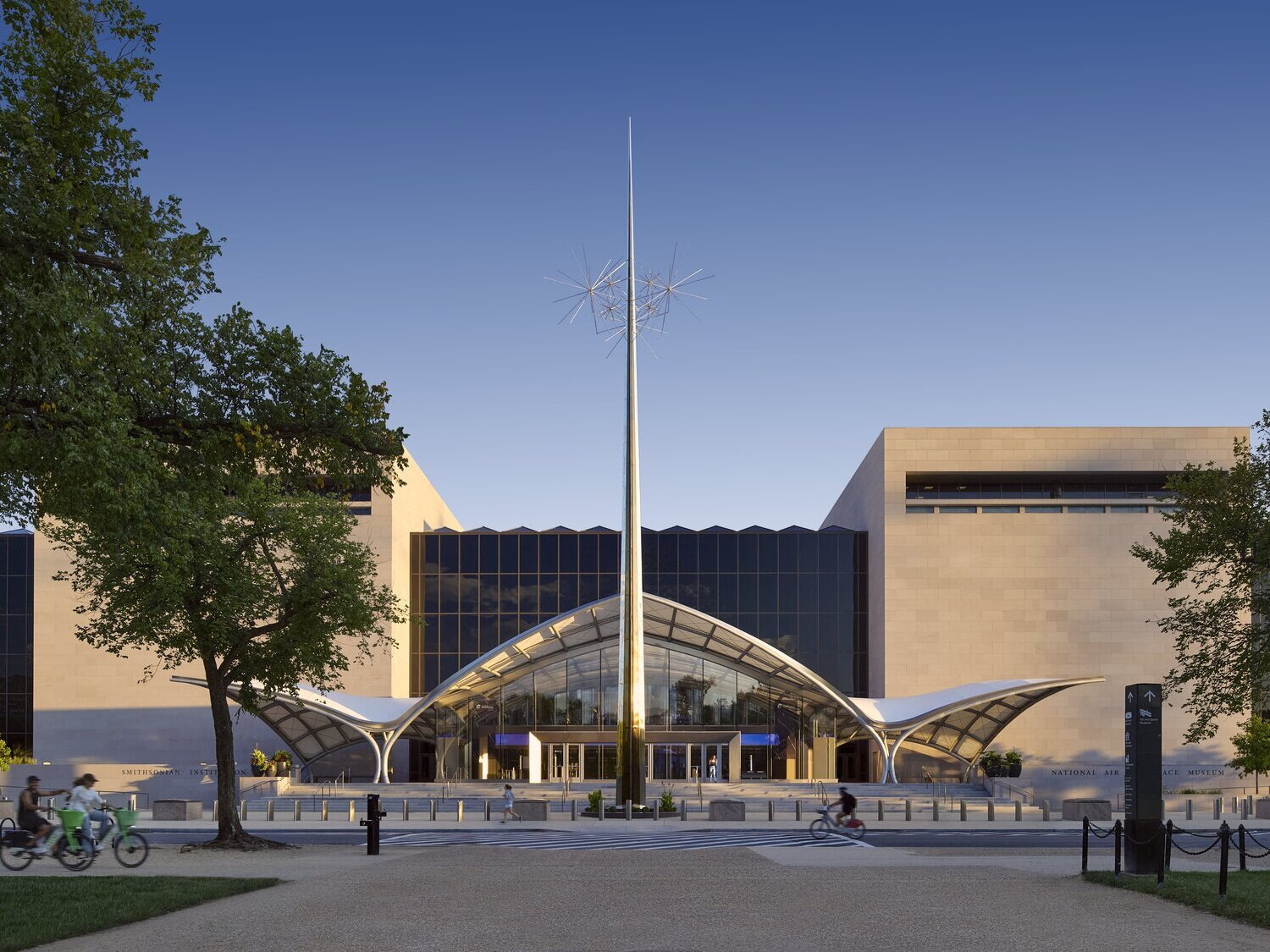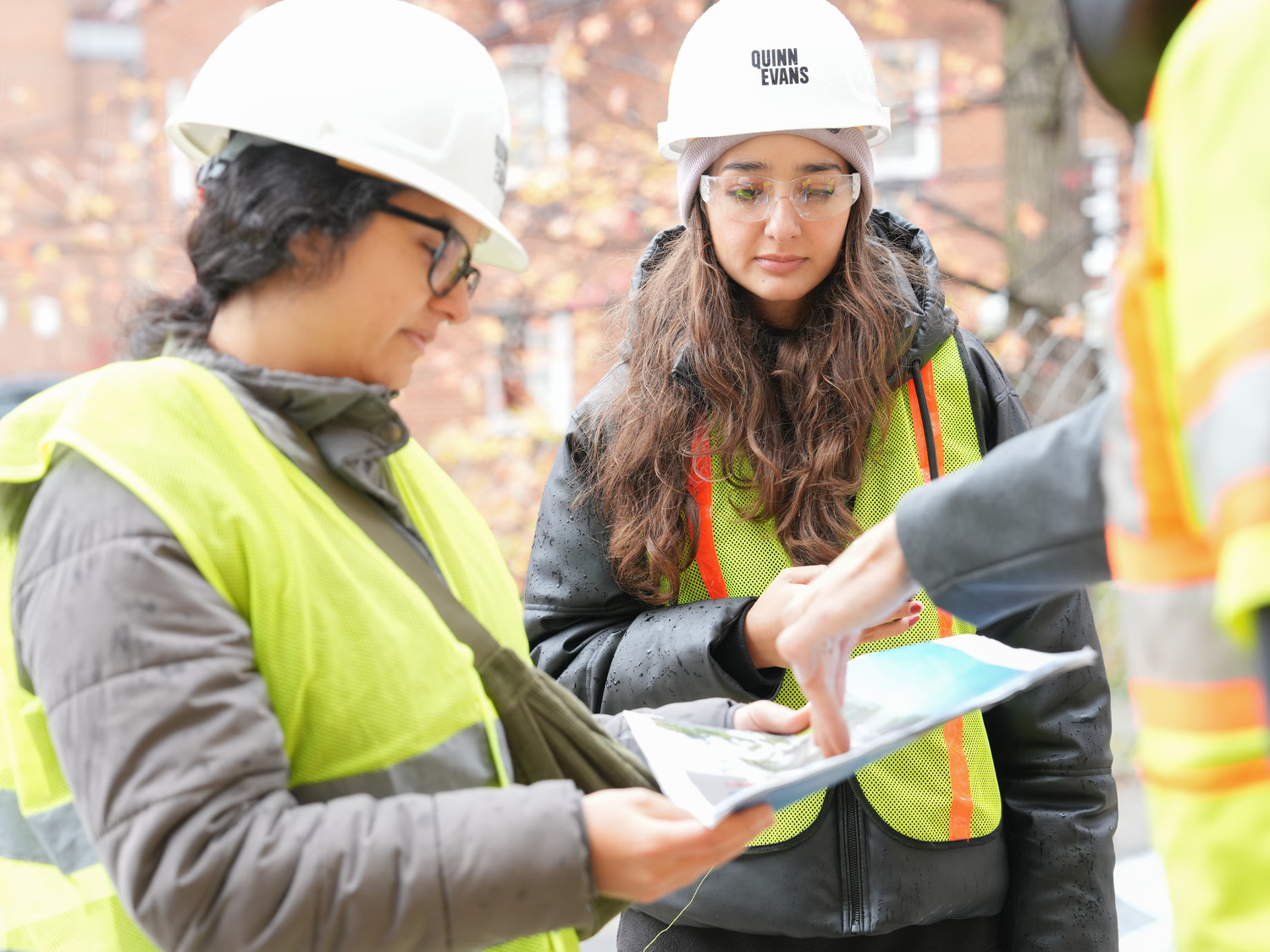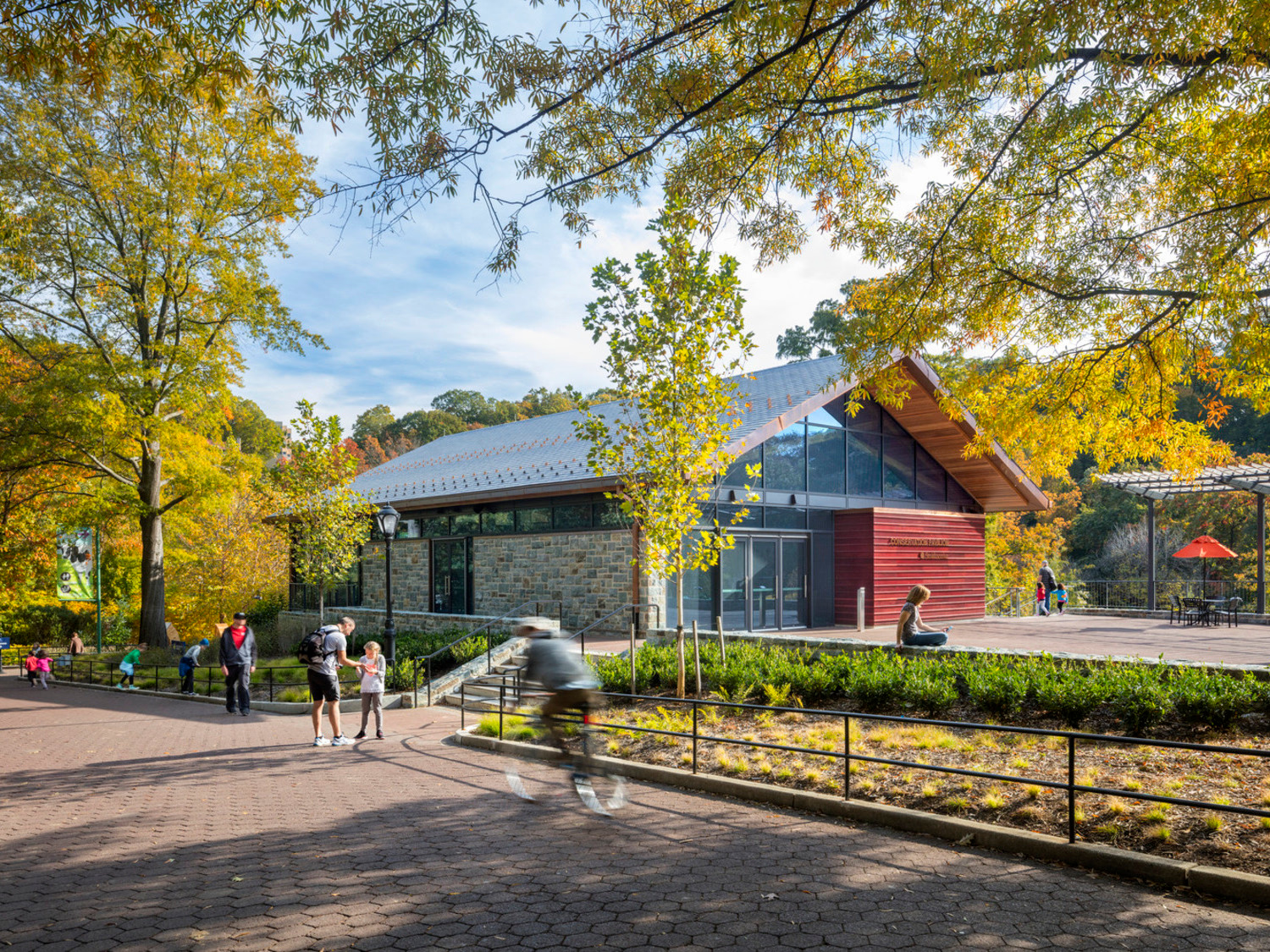Insights & Ideas
Stay informed about our latest research, stories and innovations.
Thank you! Your submission has been received!
Oops! Something went wrong while submitting the form.
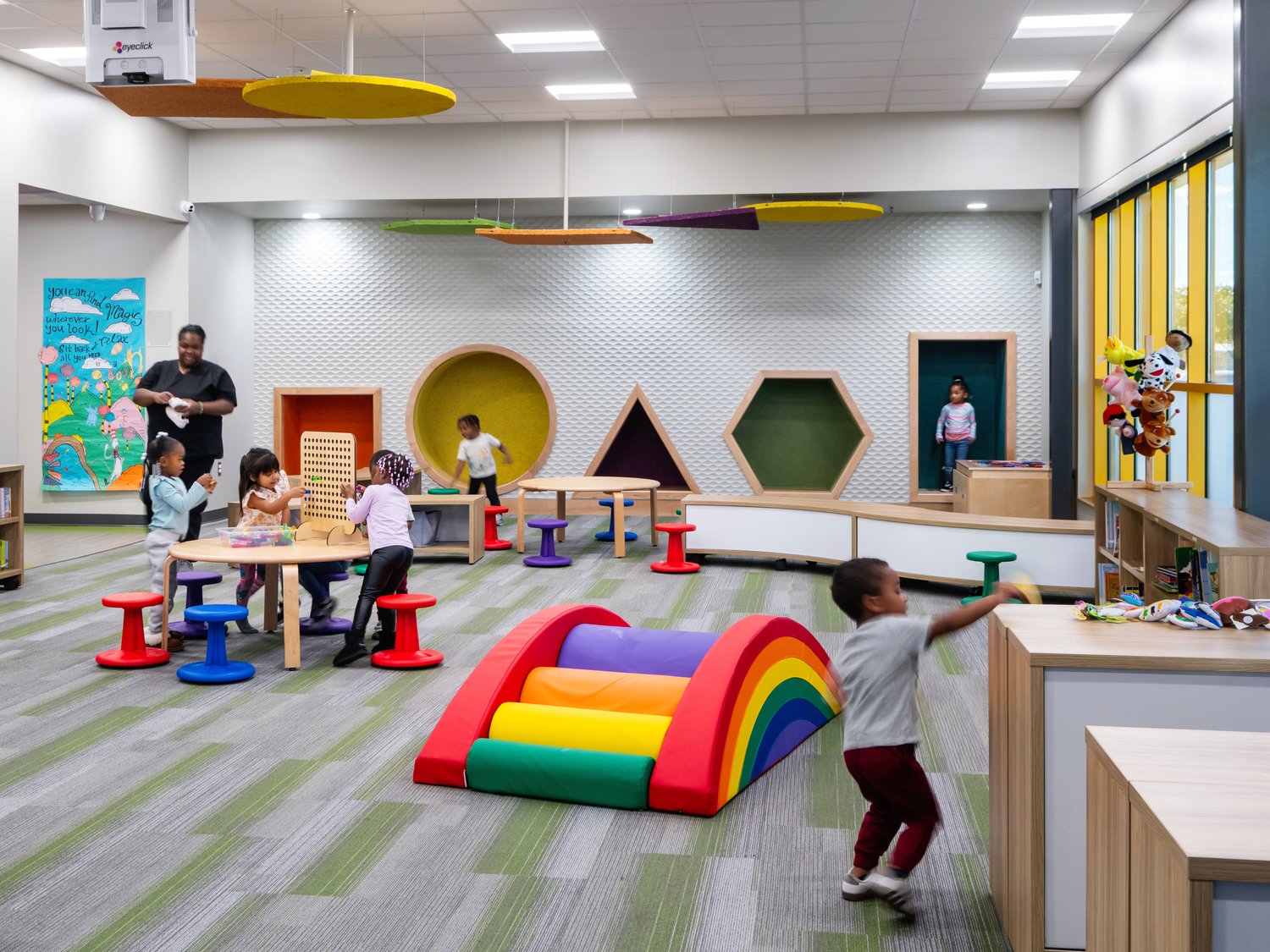
Insight
The Peake Childhood Center: A Model for Early Childhood Investment
By
Charles Tilley, AIA, REFP
No items found.
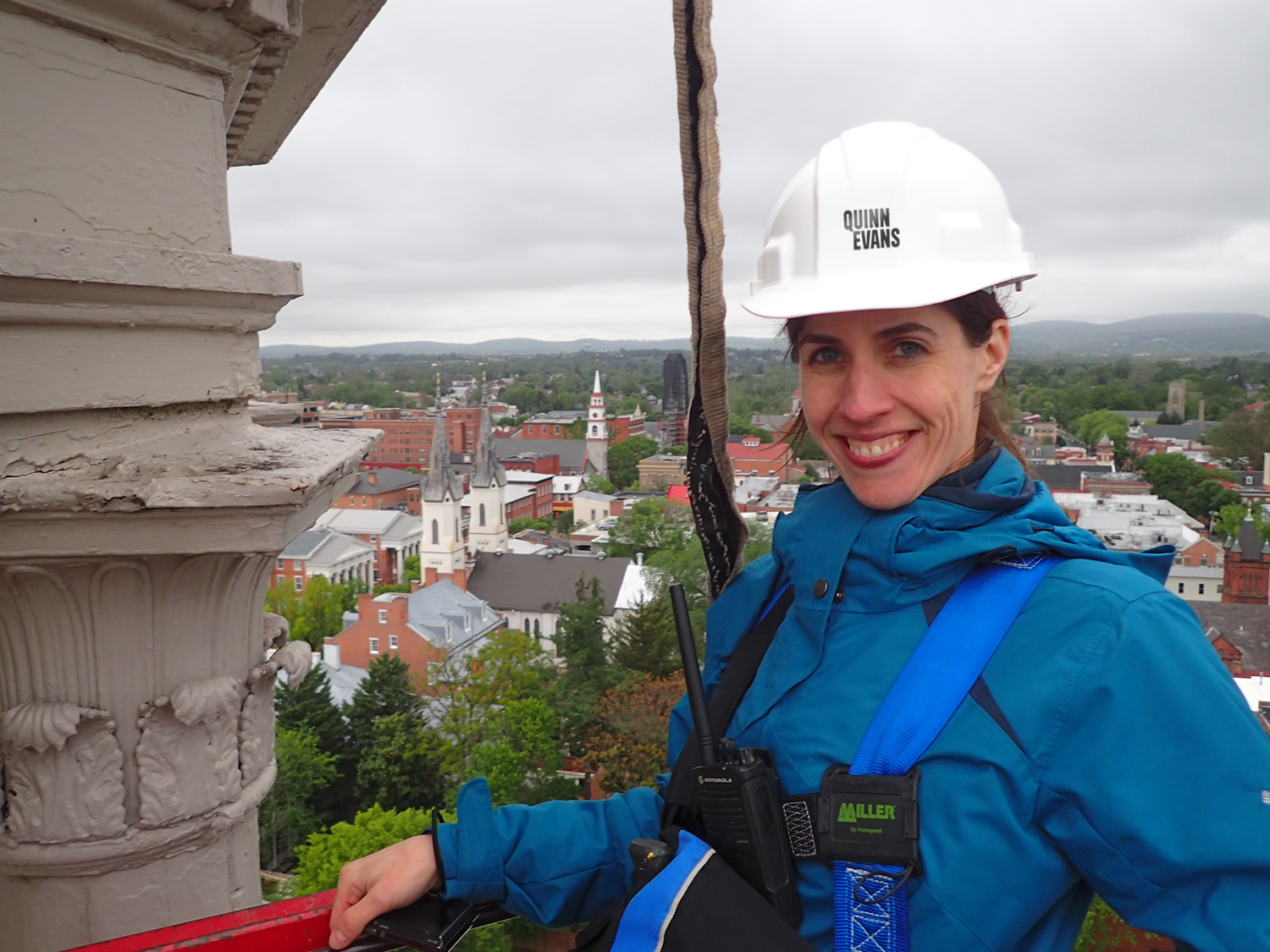
Video
Architects in Action: Sara Langmead
By
No items found.
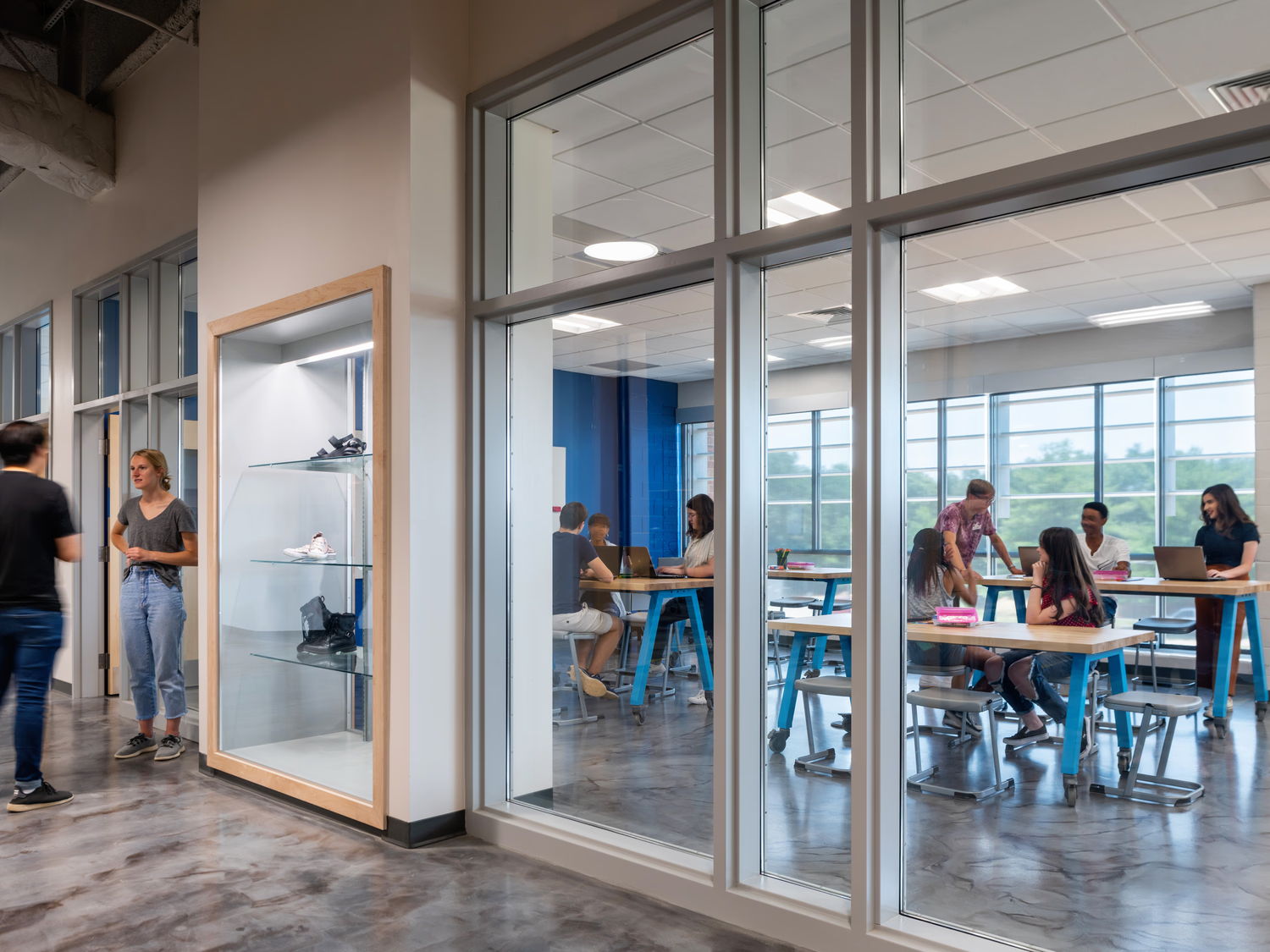
Insight
Five Strategies for Promoting Circadian Health Without Enlarging Windows
By
Denise Gravelle, AIA, LEED AP BD+C
Sustainability
Innovation and Impact

Video
Quinn Evans 2025 Summer Internship Experiences
By
No items found.

Insight
How Collaboration Shapes Adaptive Reuse Projects
By
Sara Timberlake, LEED Green Associate, NOMA
No items found.

Insight
Daylighting Design for Circadian Health in Existing Buildings
By
Julia Siple, Denise Gravelle, and Thalia Chrousos
Sustainability

Insight
Enhancing Visitor Flow in Cultural and Historic Spaces
By
Beth Barrett, AIA, AANB
No items found.

Video
Rooted in Preservation: Revitalizing for the Future
By
No items found.

Insight
Uncovering Hidden Opportunities Through Adaptive Reuse
By
Lauren Parker, AIA, Fitwel Amb.
No items found.

Insight
Re-envisioning Spaces for Career and Technical Education
By
Kylan Shirley, AIA, LEED AP
No items found.
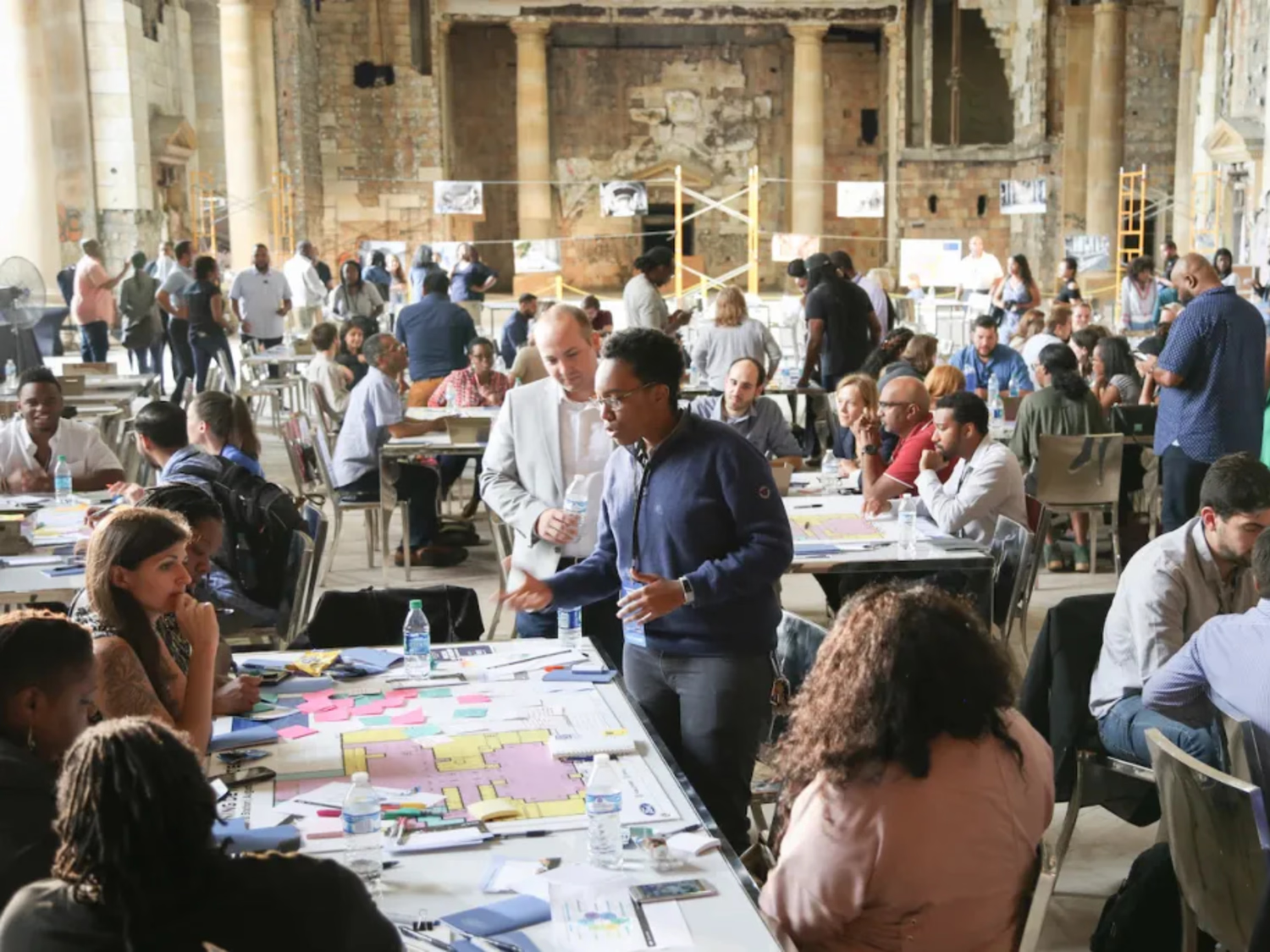
Video
Listening to Learn: Engaging Communities
By
No items found.

Video
Preserving Communities Through Building Reuse
By
No items found.

Video
Quinn Evans' 2024 Year in Review
By
No items found.
